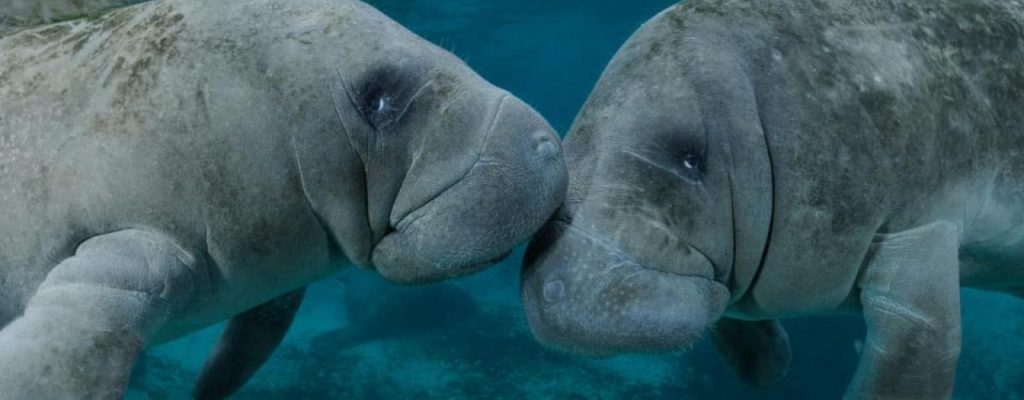Along the entire eastern seaboard of Florida, there’s no other town quite like Hobe Sound. The townspeople of Hobe Sound are immensely protective of this small piece of “paradise” and they are fiercely protective of its culture, land, and historical significance.
It began in the late 1600s when Captain Jonathan Dickinson’s merchant ship “Reformation” sailing from Jamaica to Philadelphia broke apart and sunk in a storm north of the Jupiter Inlet, leaving 25 survivors to fend for themselves against the anger and hostility of an Indian tribe referred to as the Jobe (pronounced Ho-bey). They mistreated the survivors terribly, stripping them of their clothes and forcing them to sleep in sand-flea-invested sand pits for warmth. Against all odds, Dickinson and his group escaped and walked almost the entire way to St. Augustine where they were able to find help getting to Philadelphia.

Hobe Sound, presumably named after an English-language interpretation of the Jobe tribe, connects to the Jupiter Inlet by an intracoastal waterway. In modern times, the waters of the intracoastal are referred to as Hobe Sound, and so is the town stretching along its length. The outlying land mass that lies between the Atlantic and Hobe Sound is Jupiter Island, home of more than a few of the rich and famous, including golfer Tiger Woods.
Just a few miles south of Floridays RV Park, wild and beautiful Jonathan Dickinson State Park stands as a tribute to Dickinson, his family and crew, the first historical figures of this magical place near Hobe Sound.
When you visit Floridays RV Park, we hope you will take a few hours to visit the Park, walk the trails, visit the education center, perhaps rent a canoe or kayak, or experience a ranger-guided tour up the river to see alligators, turtles, osprey, eagles, and even visit a very unusual pioneer homestead.

 It’s estimated that about 6,000 manatees live in the shallow rivers, bays, estuaries and coastal waters in the U.S.—and they all come to Florida for the winter. They are gentle beasts, slow-moving, and often playful. When stressed or excited, they squeak at one another. But usually, they simply eat and rest.
It’s estimated that about 6,000 manatees live in the shallow rivers, bays, estuaries and coastal waters in the U.S.—and they all come to Florida for the winter. They are gentle beasts, slow-moving, and often playful. When stressed or excited, they squeak at one another. But usually, they simply eat and rest. When you come to Hobe Sound it just “feels different”. Everything slows down. Even motor traffic on Florida’s infamous U.S. Route 1 is less crowded. Big box stores are nowhere to be seen and folks shop local. Parking at the beach is free and main street is lined with small, independently-owned shops—many with murals painted by local artists and Jimmy Stovall, one of the original Highwaymen of Florida.
When you come to Hobe Sound it just “feels different”. Everything slows down. Even motor traffic on Florida’s infamous U.S. Route 1 is less crowded. Big box stores are nowhere to be seen and folks shop local. Parking at the beach is free and main street is lined with small, independently-owned shops—many with murals painted by local artists and Jimmy Stovall, one of the original Highwaymen of Florida.